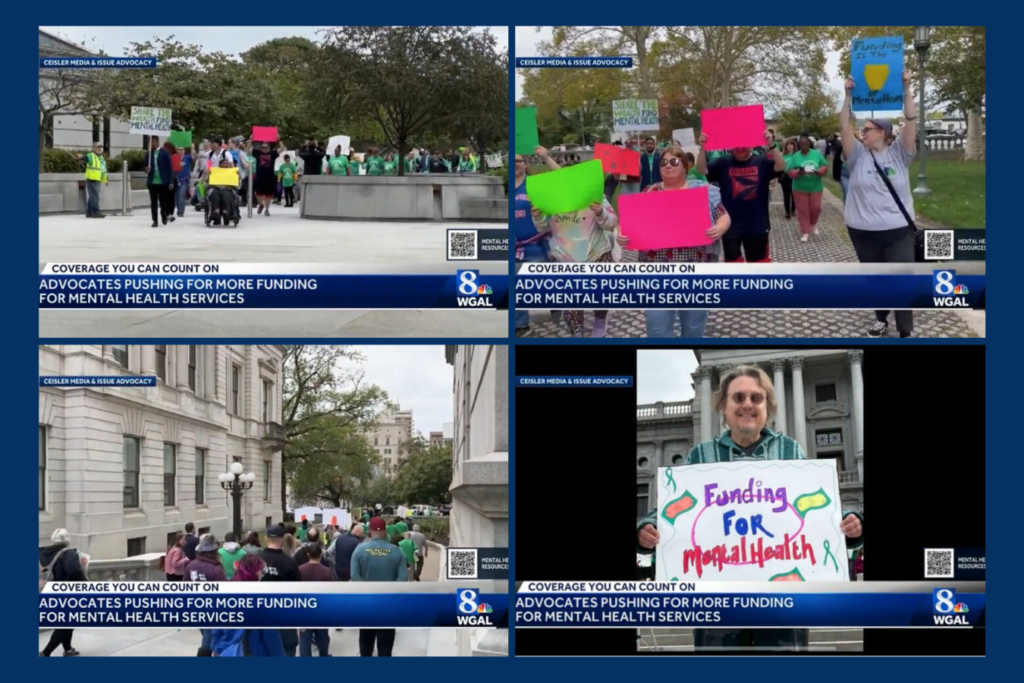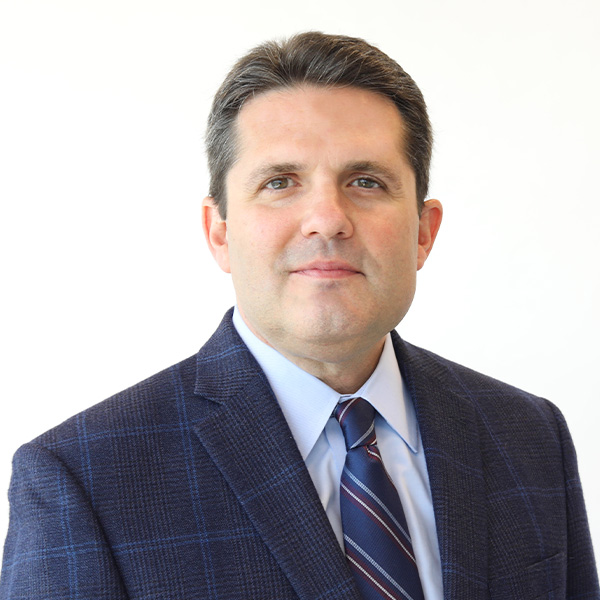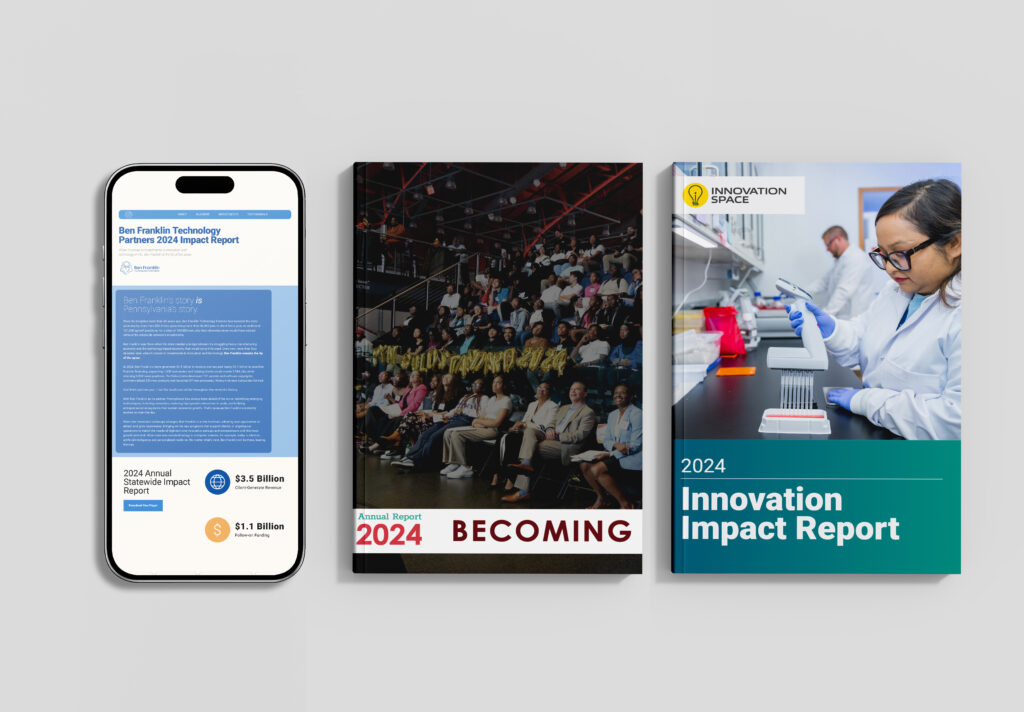
When you plan and stage a public event for a client, they want the media to attend and cover the announcement. So do we. After all, that’s the whole point of planning and staging a public event — to tell your story to a broader audience.
No one wants to talk to an empty room. But reporters can’t be everywhere at once. Newsrooms are smaller than ever, sometimes sharing resources to get the job done. Couple that with the fact that competition for coverage is so fierce, especially at the state Capitol Building in Harrisburg, where there’s never a shortage of events.
Remember, your public event is a moment in time. When it ends, the work to secure media coverage doesn’t.
Here are some tips to ensure you — and your client — get the best returns for all that event planning and staging.
Put on a good show
Some events work because the topic is hot. Others work because they offer something different.
Ceisler Media recently staged an event with the Rehabilitation and Community Providers Association (RCPA) that had both.
There’s nothing exciting about standing at a podium talking. It happens all the time in Harrisburg. But ditching the podium to encircle the Capitol complex in a coordinated march?
That’s what 300-plus people did to raise awareness for the need for more mental health funding, a priority issue for state lawmakers and the administration. For reporters, if offered a more interesting visual. It’s unlike what anyone is used to seeing at a Capitol event, which benefits the pitch for coverage, too.
Take what you can get
Things get in the way. Even the best events — planned and staged perfectly with a timely hook — can get upstaged by an unfolding crisis or an unplanned surprise announcement that pulls even confirmed reporters away.
It happens. Don’t dwell on who’s missing. Make sure the reporters who show up get the information and interviews they need. Often, the best soundbites and storylines come not from the podium, but from the rally participant you introduced to a reporter.
Grab what you can
Teamwork makes a difference. At the RCPA event, for example, Ceisler Media’s coverage crew included a dedicated videographer and photographer, and another utility player who could do it all.
Our three-person team was able to devote more resources to the event than any single news team ever could these days. Every angle of the rally and march was covered, with the flexibility for breakaway one-on-one interviews with participants.
If a reporter called and asked for something, we had it, with a variety of shots and footage to help any journalist build a quality story or news package.
Share what you have
Clients use the footage we secure. But it’s never exclusive. We get it to share it in a timely manner.
At the RCPA event, everyone on the crew had a role, especially the team member who was tasked with leaving earlier than the others without jeopardizing event coverage to start downloading some b-roll and images to meet newsrooms’ early deadlines and ensure they had the content they needed to decide what stories to air that evening.
It worked. One local TV station not only used Ceisler Media’s footage but also sourced it during its broadcasts.

Leverage your networks
Relationships matter. Newsrooms are notorious for churn. But there’s still a solid core of veteran journalists and beat reporters out there.
If you’ve been around a while, you probably know them. Reach out and tell them about the event. If they’re interested in the issue but can’t make it, find out if there’s any specific information they need, then deliver it.
It might not make it in the next day’s clips, but it could end up in a future story or score you an exclusive interview at a later date.
Set expectations
Clients hire you because they trust you and your expertise. Help them understand the whole process. Make sure they know your plans for pitching and staffing the event, and why you’re running out of there when the event finishes (or even before it ends).
There’s work to do after the mic drops. They may want you to linger when it’s all said and done, but they’ll appreciate the extra effort you’re putting in when they get that media report thick with clips the next morning.

Kurt Knaus is a Senior Vice President at Ceisler Media & Issue Advocacy, based in our Harrisburg office.



